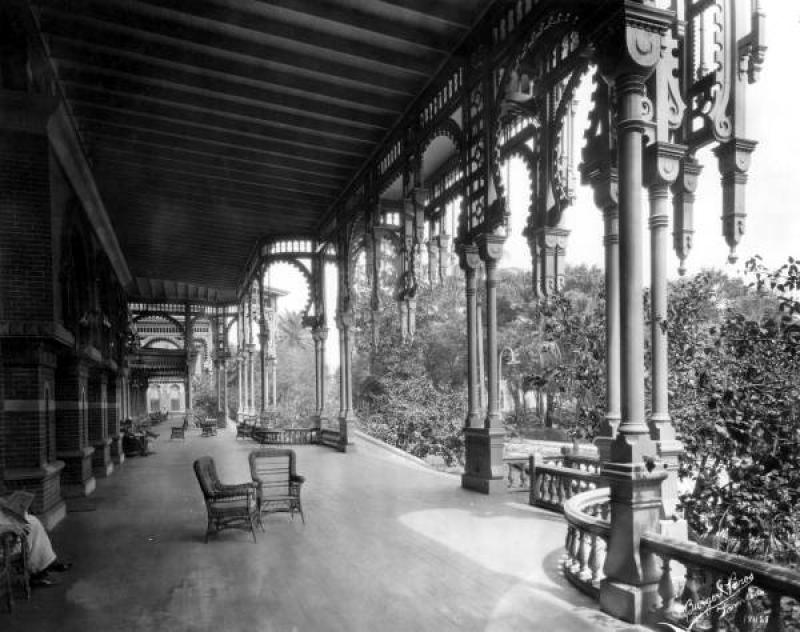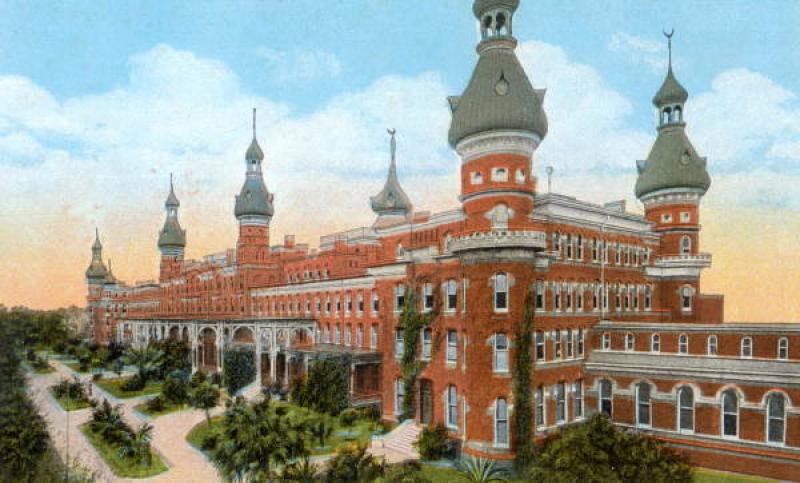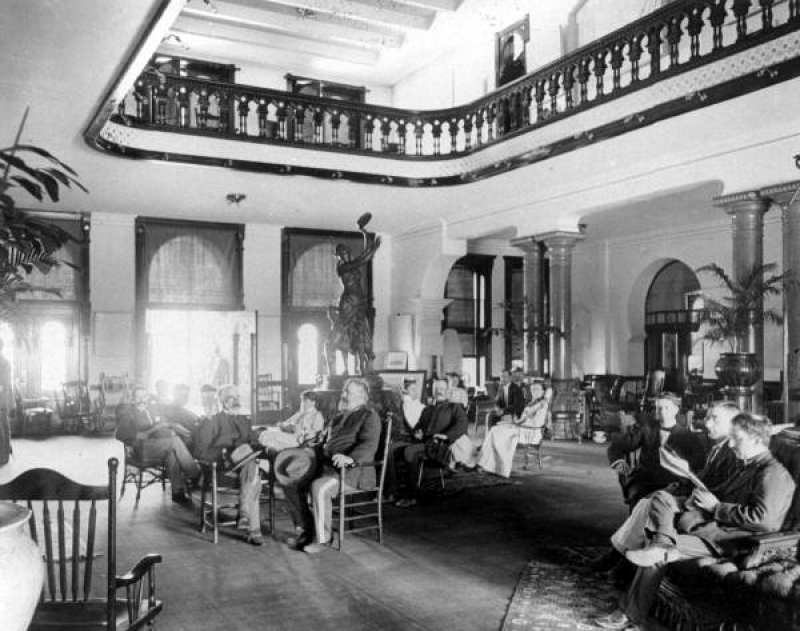The Plant system of railroads helped to create modern Florida.
When Henry B. Plant was born in 1819, Florida was still under Spanish control. By 1821, Florida was named a United States Territory, and in 1845 it became a state. Before his death in 1899, Plant helped to develop Florida with railways, steamships, and luxury hotels.
In discussions of railroads and their impact on Florida’s growth, Henry Flagler usually is the first person mentioned. Henry Plant and Henry Flagler were friendly competitors who sometimes worked together.
“They were equally as important,” says Sally Shifke, Museum Relations Coordinator for the Henry B. Plant Museum in Tampa. “I think the reason that Henry Plant doesn’t get quite as much recognition as Henry Flagler is that Henry Flagler’s personal money was in Palm Beach.”
“Flagler moved down to Palm Beach, had many children that continue the Flagler name today. On the other hand, Henry Plant came to the west coast of Florida, but he always remained in New York and Connecticut. He had one surviving son that lived in New York City, and when Henry Plant passed away, there was no one really to carry the torch for him. His family eventually sold off his holdings in Florida,” Shifke says.
Henry Flagler’s railway extended from Jacksonville down Florida’s east coast, eventually linking the mainland to the Keys. He built luxury hotels along his train route, stimulating tourism. Flagler created the town of Palm Beach, and provided opportunities for development in south Florida.
Similarly, Henry Plant linked central and west Florida to the rest of the country with his railway.
“Plant’s railroads went up and down the southeastern United States,” says Shifke. “He started buying up bankrupt railroad lines after the Civil War, and eventually they worked themselves down to the middle of Florida and then crossed over to the west coast and went all the way down to Fort Myers.”
Plant also operated a steamship line. After bringing his railway to Tampa, Plant used his steamship line to link west Florida to Key West and Cuba. This allowed for the transportation of both goods and people via train and steamship.
With Tampa Bay the hub of Plant’s transportation system, in 1891 he constructed the huge and luxurious Tampa Bay Hotel.
“When he got here in the early 1880s, there were only 750 people living here,” says Shifke. “It was a sleepy little town going nowhere. Henry Plant built the port, and eventually brought the railroads. The first hotel that he built was the Inn of Port Tampa which was only 40 rooms, and then he went on to build this colossal palace with over 511 rooms, the Tampa Bay Hotel.”
Visitors to what is now the University of Tampa can still imagine what the Tampa Bay Hotel must have been like in its heyday. A series of silver minarets inspired by Middle Eastern architecture reach up to the sky from an elaborately ornamented brick Victorian building.
A huge covered porch extends across the front of the former Tampa Bay Hotel. Photographs from the late 1800s and early 1900s show wealthy northerners sitting on the porch enjoying the shade. The interior of the hotel featured unique comforts for the day, such as electricity and an elevator.
“It was one of the first buildings to be electrified in the state of Florida,” Shifke says. “He actually had to build a power plant on the grounds.”
Plant wanted his Tampa Bay Hotel to compete with the grand hotels of his rival Henry Flagler, so visitors were offered every possible amenity. He built a golf course, tennis courts, boathouse, and horse racing track for the amusement of his guests. The floor of his 2,000 seat performing arts center and casino would roll away during the day to reveal a 50 by 70 foot swimming pool.
The opulent Tampa Bay Hotel continued operating even after Plant’s death. It was purchased by the city of Tampa 1905. With the Great Depression of the 1930s, the Tampa Bay Hotel closed.
In 1933, the University of Tampa took control of the building, and since that time a wing of the former hotel has been operated as the Henry B. Plant Museum.










